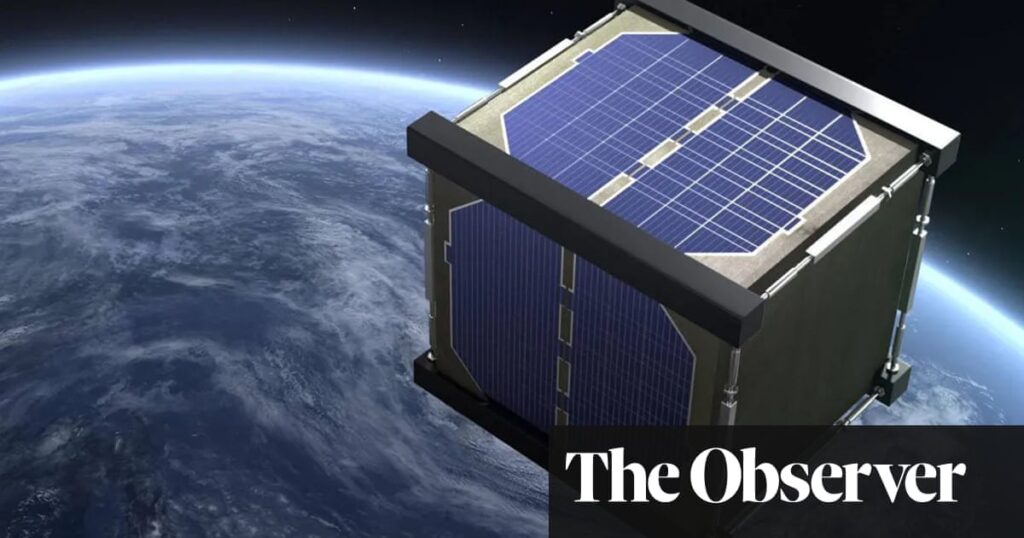Japanese scientists have created one of the world's most unusual spacecraft: a small satellite made of wood.
The LignoSat spacecraft is made of magnolia wood, which was found to be particularly stable and resistant to cracking in experiments conducted on the International Space Station (ISS). Plans are currently being finalized to launch this summer on a U.S. rocket.
This wood satellite was developed by Kyoto University to test the idea of using biodegradable materials such as wood and see if it could serve as an environmentally friendly alternative to the metals that all satellites are currently made of. It was built by researchers and logging company Sumitomo Forestry. .
“All satellites that re-enter Earth's atmosphere burn up and produce small alumina particles that remain suspended above the atmosphere for many years,” said the Japanese astronaut. Takao Doi, an aerospace engineer at Kyoto University, recently warned. “Ultimately, it will have an impact on the global environment.”
To address this issue, researchers in Kyoto have launched a project to evaluate wood types to determine how well they withstand the rigors of space launches and long flights in Earth orbit. . Initial tests were conducted in a laboratory that replicated conditions in space and found that the wood samples showed no measurable change in mass or signs of decomposition or damage.
“We were amazed by the wood's ability to withstand these conditions,” said project director Koji Murata.
After these tests, the samples were sent to the ISS, where they underwent exposure tests for almost a year before being brought back to Earth. Again, there was little sign of damage, but Murata attributed this phenomenon to the fact that there is no oxygen in space to cause wood to burn, and there are no organisms that would cause wood to rot.
Several types of wood were tested, including Japanese cherry, and wood from magnolia trees was found to be the most robust. It is currently being used to build a wooden satellite in Kyoto, and will include many experiments to determine how well the spacecraft will perform in orbit, Murata said.
“One of the missions of the satellite is to measure the deformation of wooden buildings in space. Wood is durable and stable in one direction, but prone to dimensional changes and cracks in other directions. It’s possible,” he said. observer.
Murata said a final decision on the launch vehicle still needs to be made, with options narrowing down to a flight to the ISS this summer on Orbital Sciences' Cygnus supply ship or a similar SpaceX Dragon mission a little later this year. added. The coffee mug-sized spacecraft is expected to remain in space for at least six months before being cleared to enter the upper atmosphere.
After newsletter promotion
If LignoSat can perform well during in-orbit operations, it could pave the way for the use of wood as a construction material for more satellites. It is estimated that more than 2,000 spacecraft will be launched annually over the next few years, and the aluminum likely to burn up and deposit in the upper atmosphere upon re-entry could soon pose a major environmental problem.
A recent study conducted by scientists at the University of British Columbia in Canada found that aluminum from re-entry satellites could cause severe depletion of the ozone layer, which protects Earth from the sun's ultraviolet rays, and could also be passed through. It turns out that it can also affect the amount of sunlight. It passes through the atmosphere and reaches the ground.
But for wooden satellites like Lignosat, this shouldn't be a problem. When LignoSat burns up as it re-enters the atmosphere at the end of its mission, it will only produce a fine spray of biodegradable ash.

